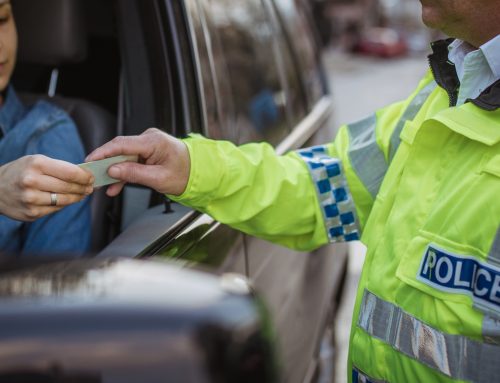Within Great Britain there is as government document called the Reported Road Casualty GB Annual Report,[1] which looks at Killed and Seriously Injured (KSI’s) people on our roads. The question being asked is what drives the KSI national statistics?
There are no simple answers, however, one might say it is poor driving, speeding, driving drunk or drugged, or drivers taking risks when they shouldn’t be. Others will ask, if so, what is being done to remedy the problems?
Driver education professionals will tell you the standards of education have risen enormously since the 1990’s, compared to what many of us, of a certain age, went through to take the practical driving test decades ago.
If you did the driving test in the 60’s you were asked half a dozen questions, needing at least four correct answers. A separate theory test arrived on 1st July 1996 with the pass mark 26/35, later rising to 30/35. After computerising the theory test in 2000 the hazard perception test was introduced in 2002.
According to the Serious Injury Law practice[2] the top five causes of crashes are:
- Failing to look properly;
- Failing to judge another’s speed or path;
- Careless or Reckless (now known as dangerous driving) or in a hurry;
- Losing control of the vehicle;
- Drink driving, which also now includes drugged driving.
Poor observation is the cause of so many fatal and serious crashes, as well as minor and damage only crashes. Many crashes occur at junctions as a result of drivers failing to judge the speed of other traffic, especially motorcycles approaching, or being unable to judge the potential direction/path of others. Some drivers will pull out having made this miscalculation causing a crash. Generally, this is Careless Driving, however, some will take more of a risk and pull out, which, when it ends in a crash, can lead to charges of dangerous driving.
Where drivers are inattentive, or are being distracted which can cause the loss of control of the vehicle, due maybe to:
- having to brake very hard as a result of traffic ahead stopping suddenly;
- misjudging their own speed and distance to stop safely in the distance available;
- misjudging the traffic or weather conditions which so often ends up with the driver losing control.
Clearly the first four reasons for crashing tend to all be connected in some shape or form. The last reason generally is a positive choice by the driver where they have a few drinks or take drugs, (illegal or medications), and then drive their vehicle under the influence of those chemicals.
Occasionally, crashes occur as a result of work schedules and the driver ends up having to rush their journeys and the only place they can try to make up the time, misguidedly, is through the accelerator pedal, i.e. drive faster to try to maintain those schedules, which then opens them to fines and points on their driving licence. It is clear there is a responsibility both for the driver and their employer to ensure schedules are sensible and workable.
Where driver’s work is scheduled with little to no consideration to allow drivers to make those journeys safely then there is legislation in place that may be used where a life is lost. The companies can now be charged under the Corporate Manslaughter and Corporate Homicide Act 2007 or, where injury occurs, the Health and Safety Offences Act 2008 where company directors and officers can be held personally accountable for health and safety breaches.
Safe Driving.
[1] Ksi’s 2019 (latest available) can be found here, at: https://assets.publishing.service.gov.uk/government/uploads/system/uploads/attachment_data/file/928205/reported-road-casualties-gb-annual-report-2019.pdf
[2] https://www.seriousinjurylaw.co.uk/resources/blog/5-major-causes-of-uk-road-traffic-accidents-and-how-to-avoid-them/






